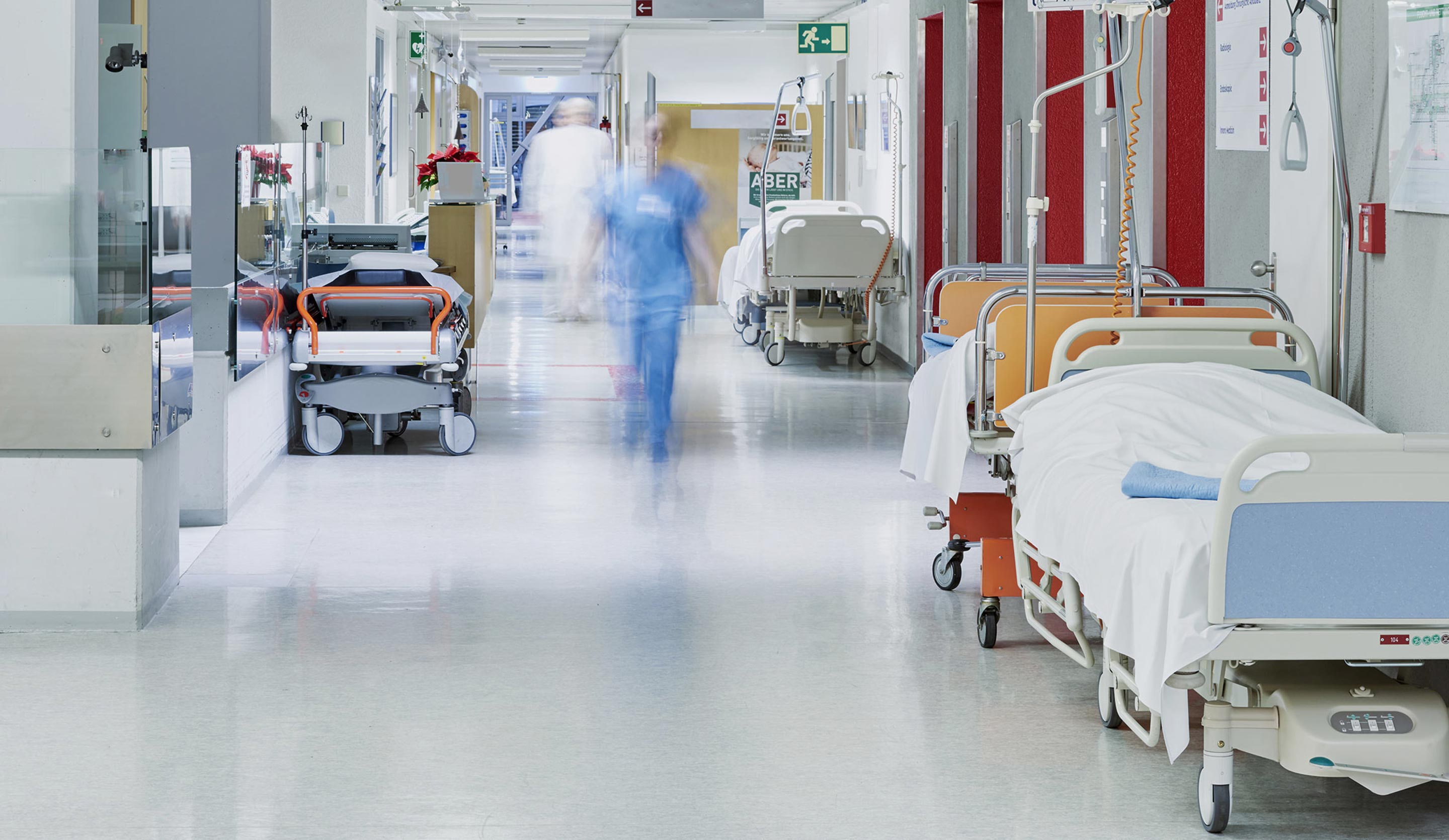Managing a building is a multifaceted task, where quality, professional cleaning plays a vital and foundational role. It goes beyond mere appearance, impacting health, safety, efficiency, and creating an environment where occupants can flourish. This guide explores the compelling reasons why building managers need to invest time and resources in quality cleaning and provides an actionable roadmap to navigate this essential undertaking.
Enhancing Health and Safety
The cleanliness of a building often correlates with the well-being of its occupants. Regular sanitization of common touchpoints minimizes the spread of germs and viruses, reducing the risk of illnesses. It also ensures compliance with health and safety regulations, thereby protecting the occupants and company alike. Proper cleaning can mitigate risks like slips and falls by maintaining dry and clear floors.
Elevating Building Aesthetics and Perceptions
The visual appeal of a facility is more than surface deep; it shapes the perceptions of all who enter. It can indicate of the quality of services being provided. What kind of atmosphere does a clean and well-maintained building have compared to a dirty one? Clean environments set a positive tone, reflecting professionalism and care. It's not only about pleasing aesthetics but also about preserving the building's materials and surfaces, contributing to its long-term value. Employees and other tenants are more likely to be satisfied and retained in tidy, hygienic settings.
The Checklist for Building Managers
Implementing a robust cleaning strategy starts with a thorough assessment of needs and priorities. Identifying high-traffic and high-risk areas that need frequent attention helps in targeting efforts effectively. Selecting high-quality cleaning textiles and tools, like those from Contec Professional, ensures a blend of efficiency, effectiveness, and environmental responsibility. Training the maintenance staff and equipping them with the right tools sets the stage for success. Regular cleaning schedules, along with routine deep cleaning, niche cleaning, and emergency response protocols, should be planned and adhered to. Monitoring and evaluating performance through regular inspections and feedback fosters a culture of continuous improvement. It's also essential to promote hygiene practices among occupants through signage and effective communication. Specialized needs, such as allergen control or specialized equipment cleaning, can be addressed as needed and incorporated into the cleaning procedures. Finally, staying informed and compliant with regulatory changes and adhering to local and national guidelines, helps safeguard the facility's standing in the legal landscape.
Investing in quality, professional cleaning is not an optional consideration; it's a fundamental necessity for building managers striving for success. This dynamic process influences every aspect of a facility, from the health and safety of its occupants to its enduring value and appeal. By customizing the guide provided, building managers can thrive in the everchanging world of facility cleaning and maintenance. Happier occupants, a more inviting building, and a rewarding managerial experience are just a few of the positive outcomes of creating a comprehensive .




.png)
